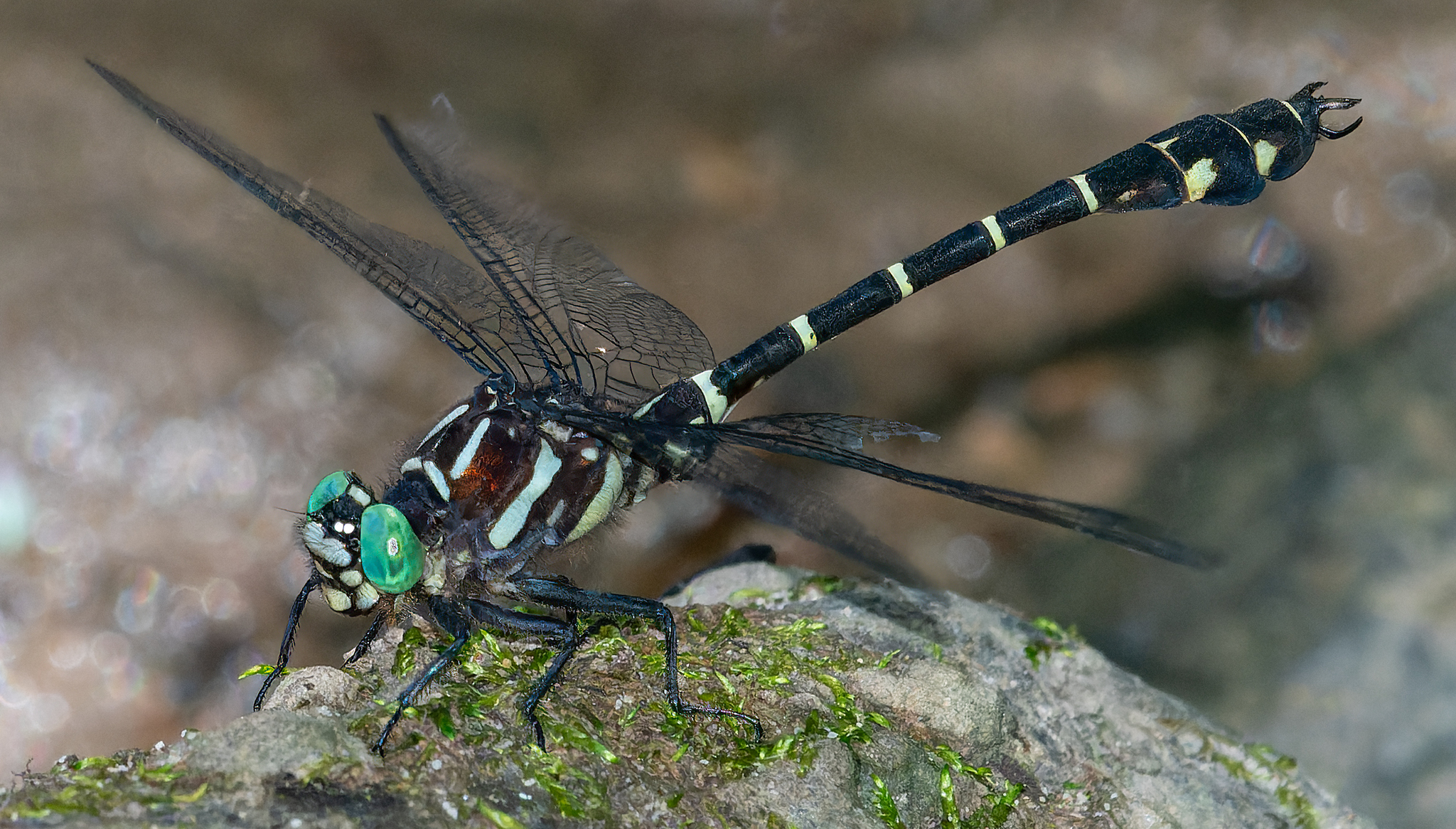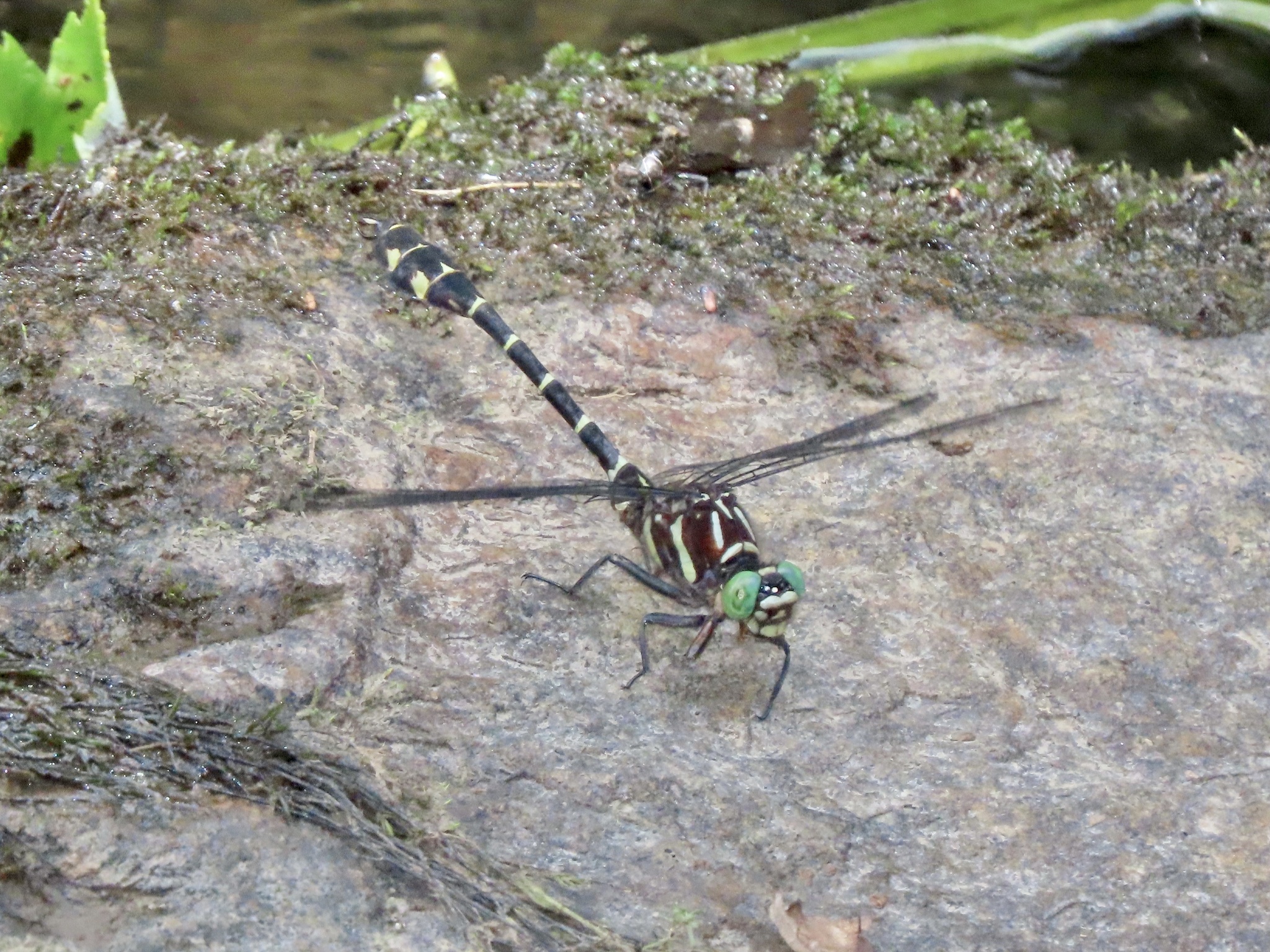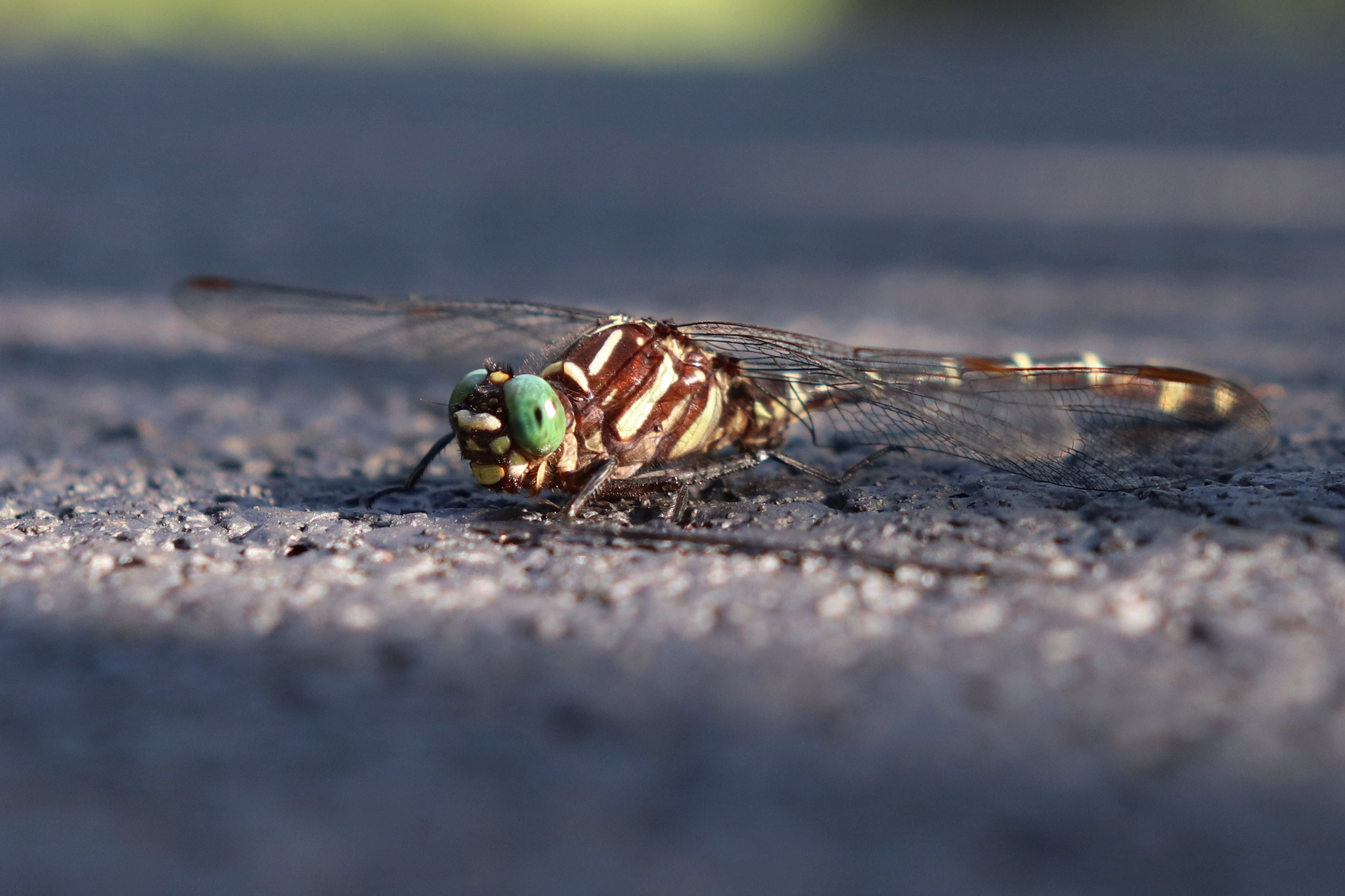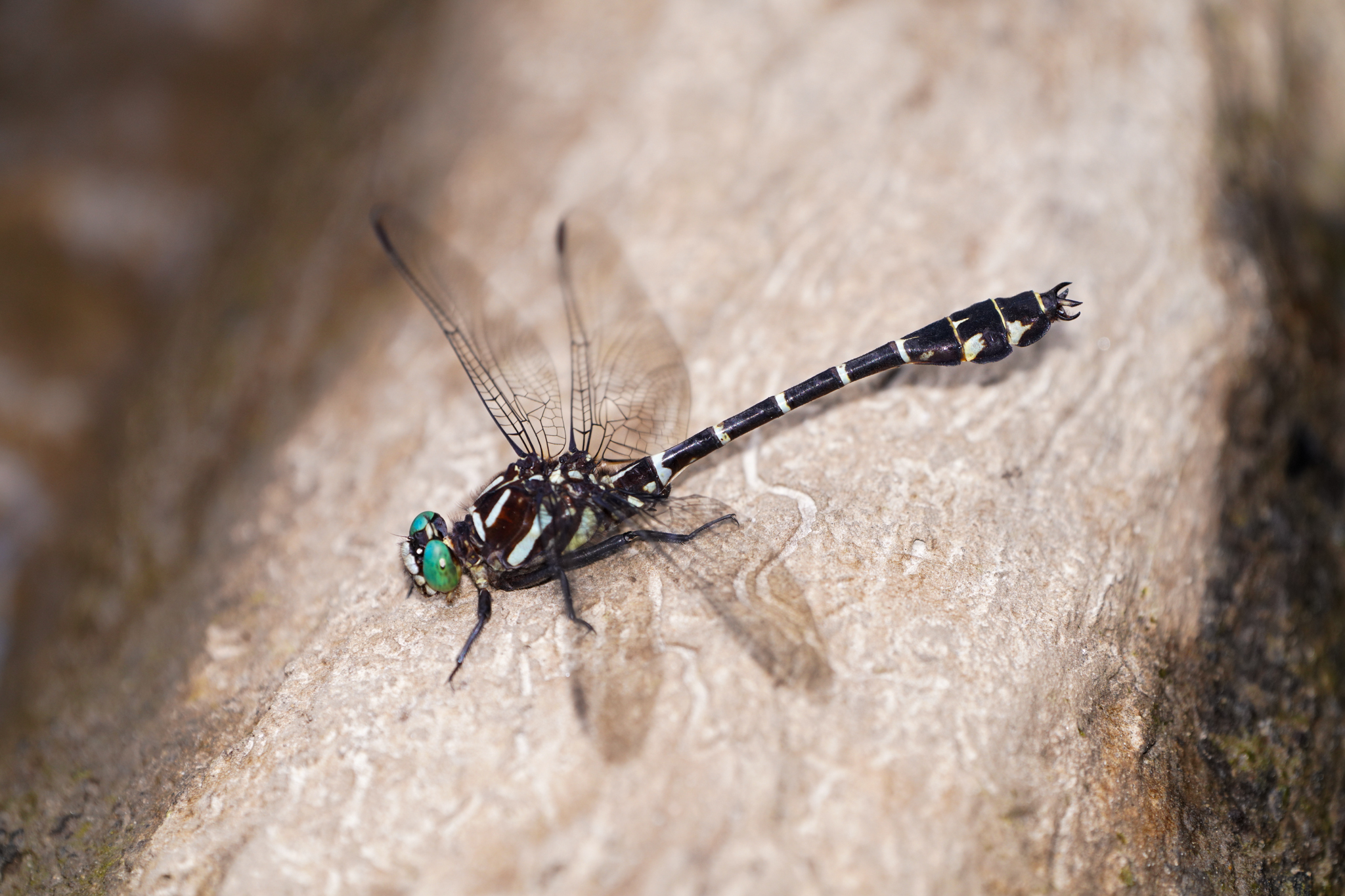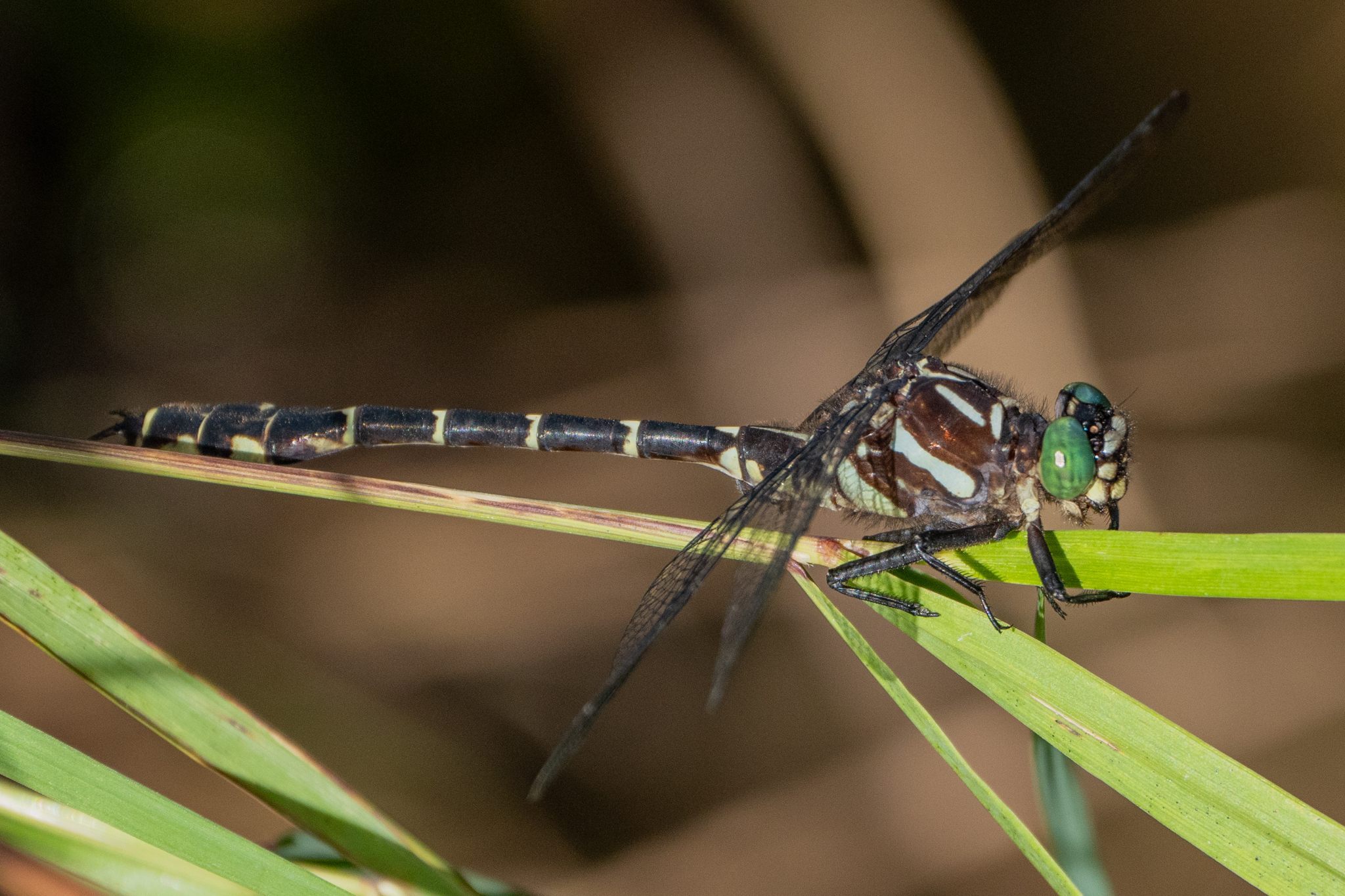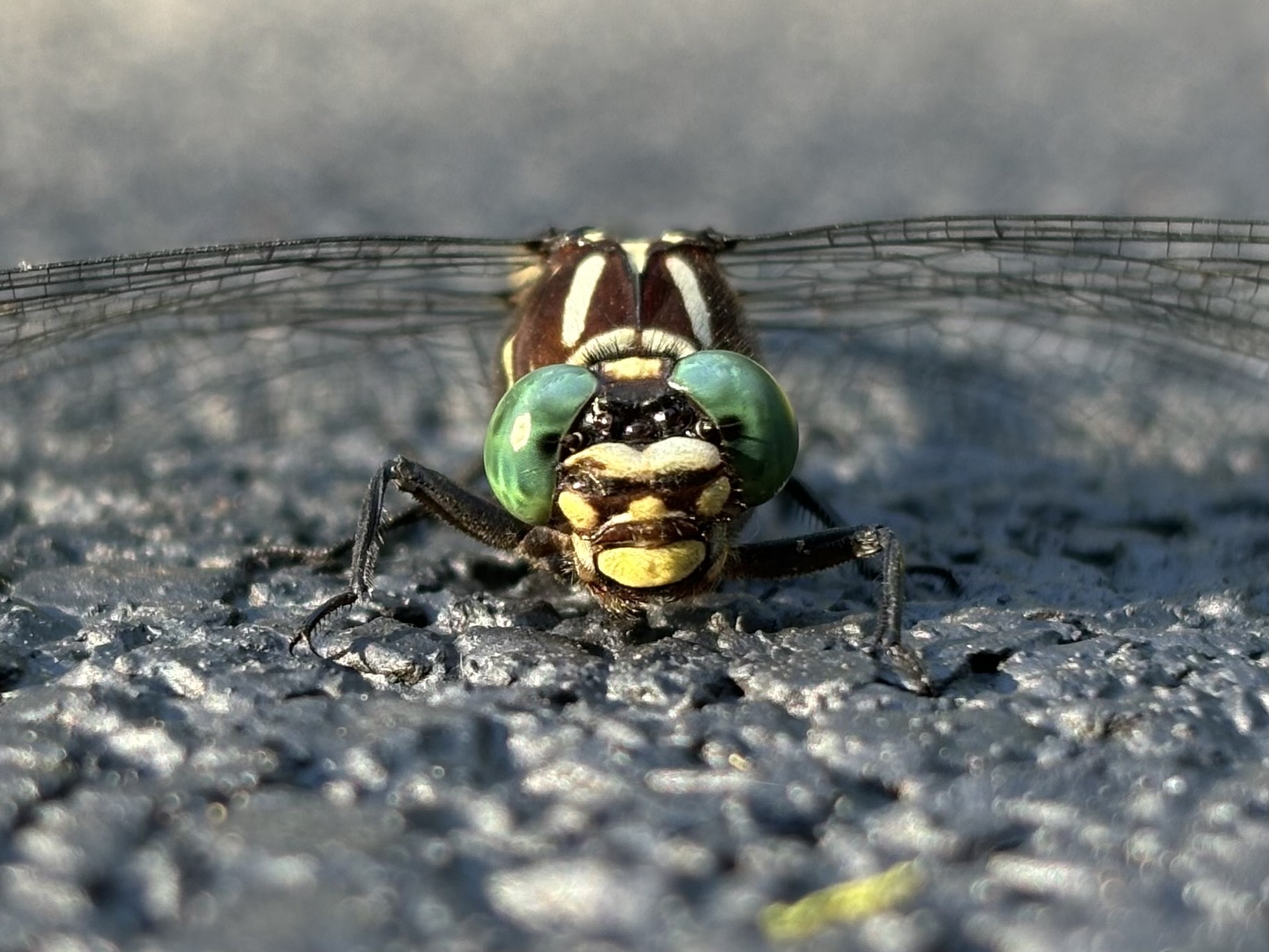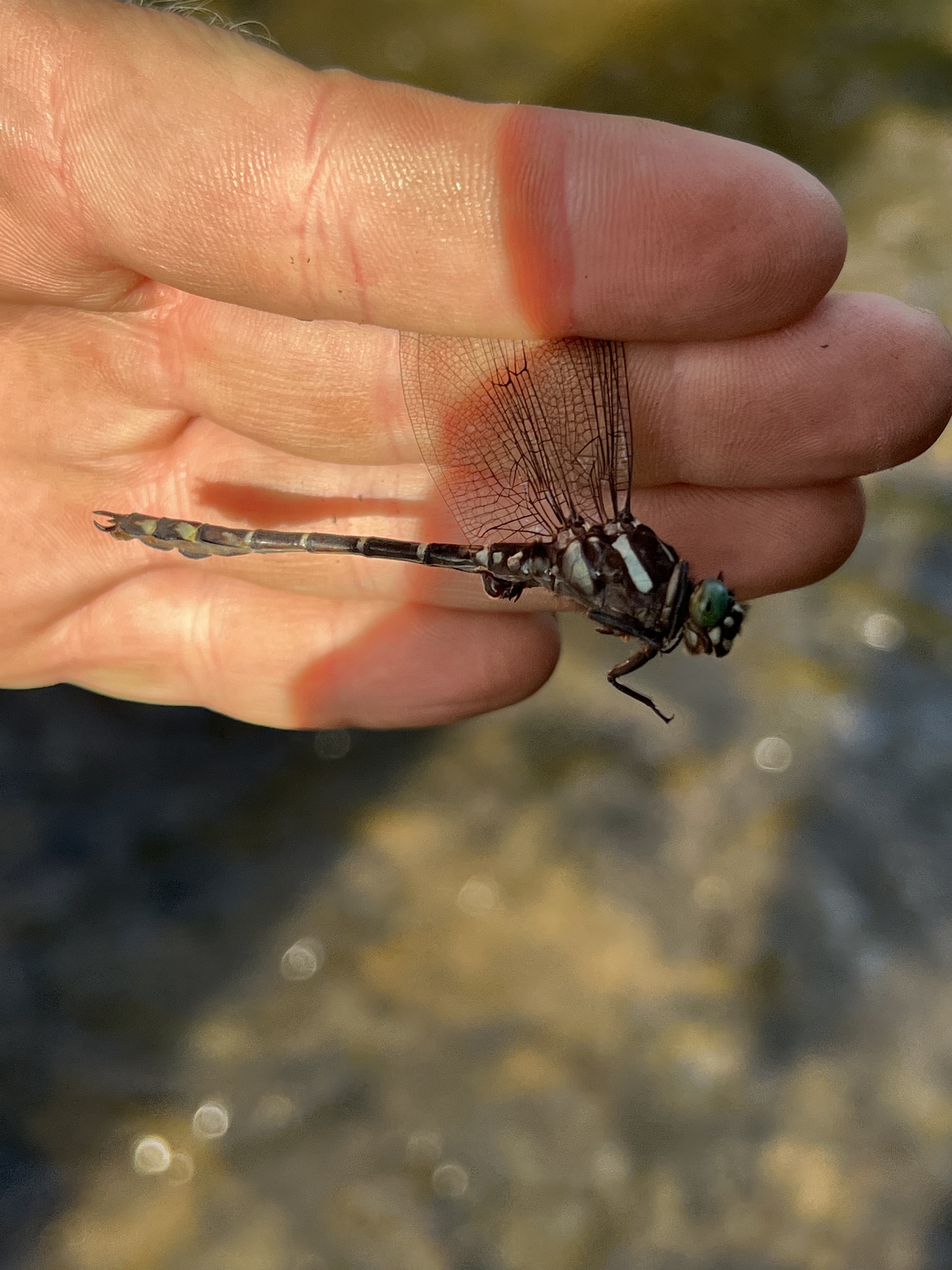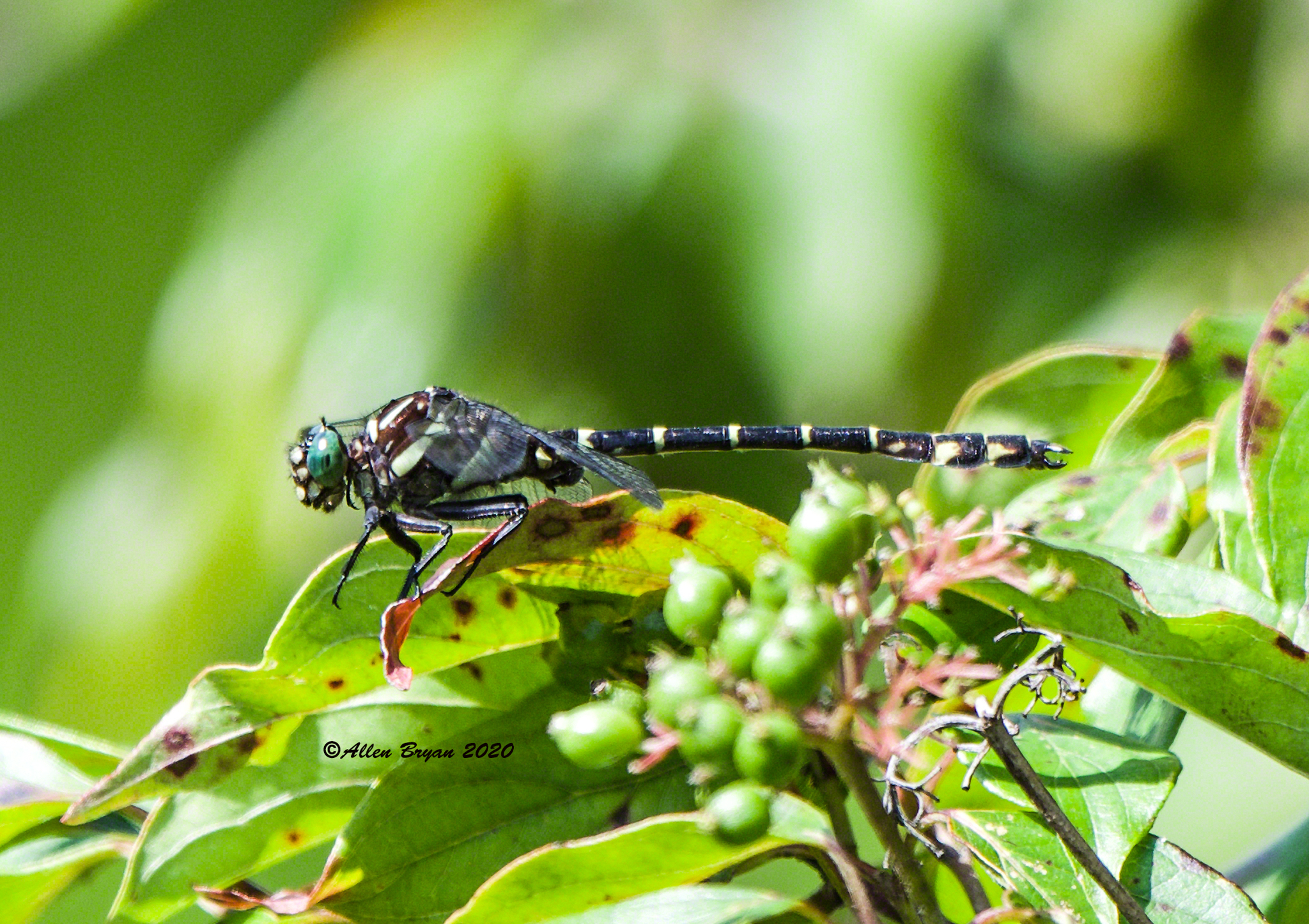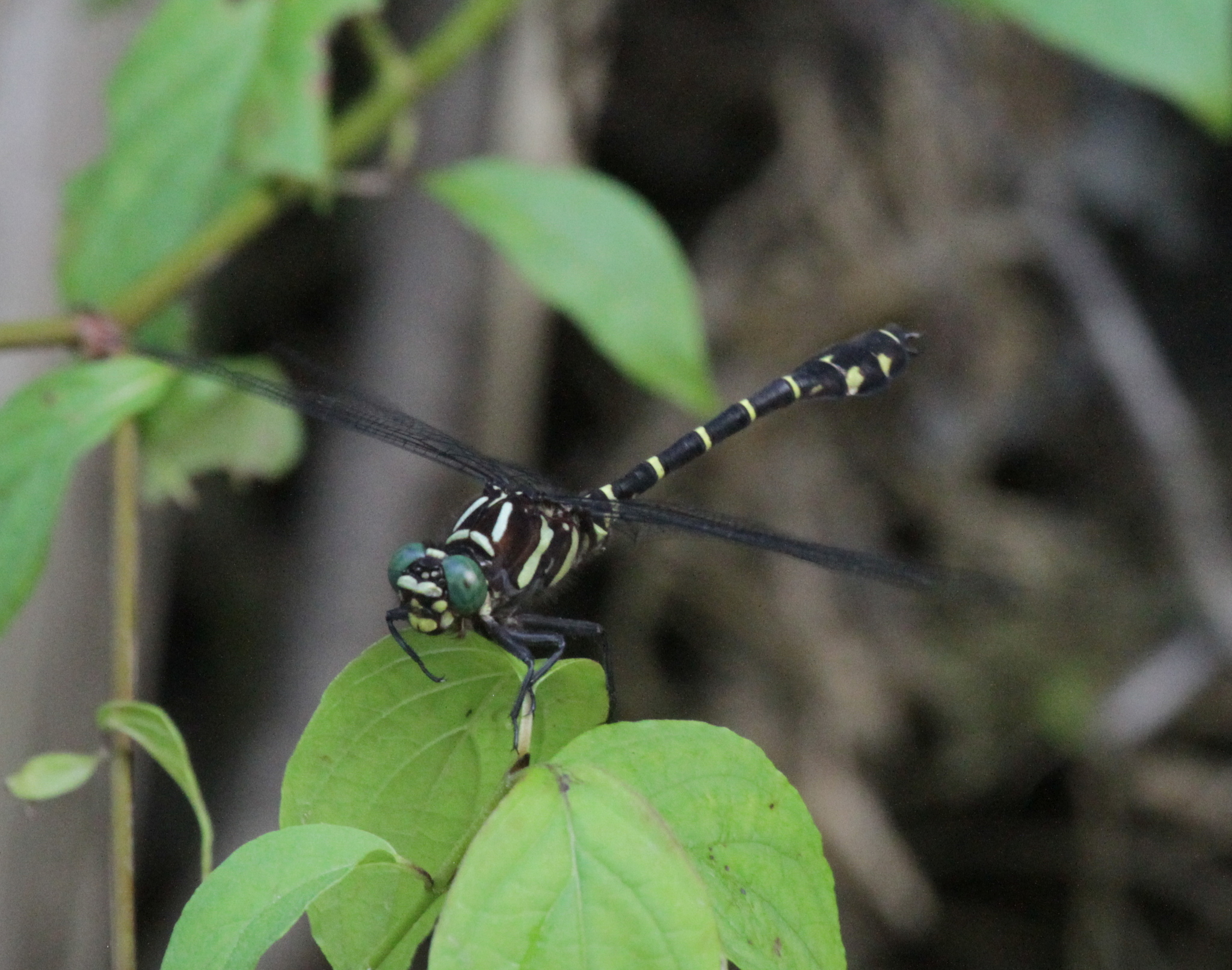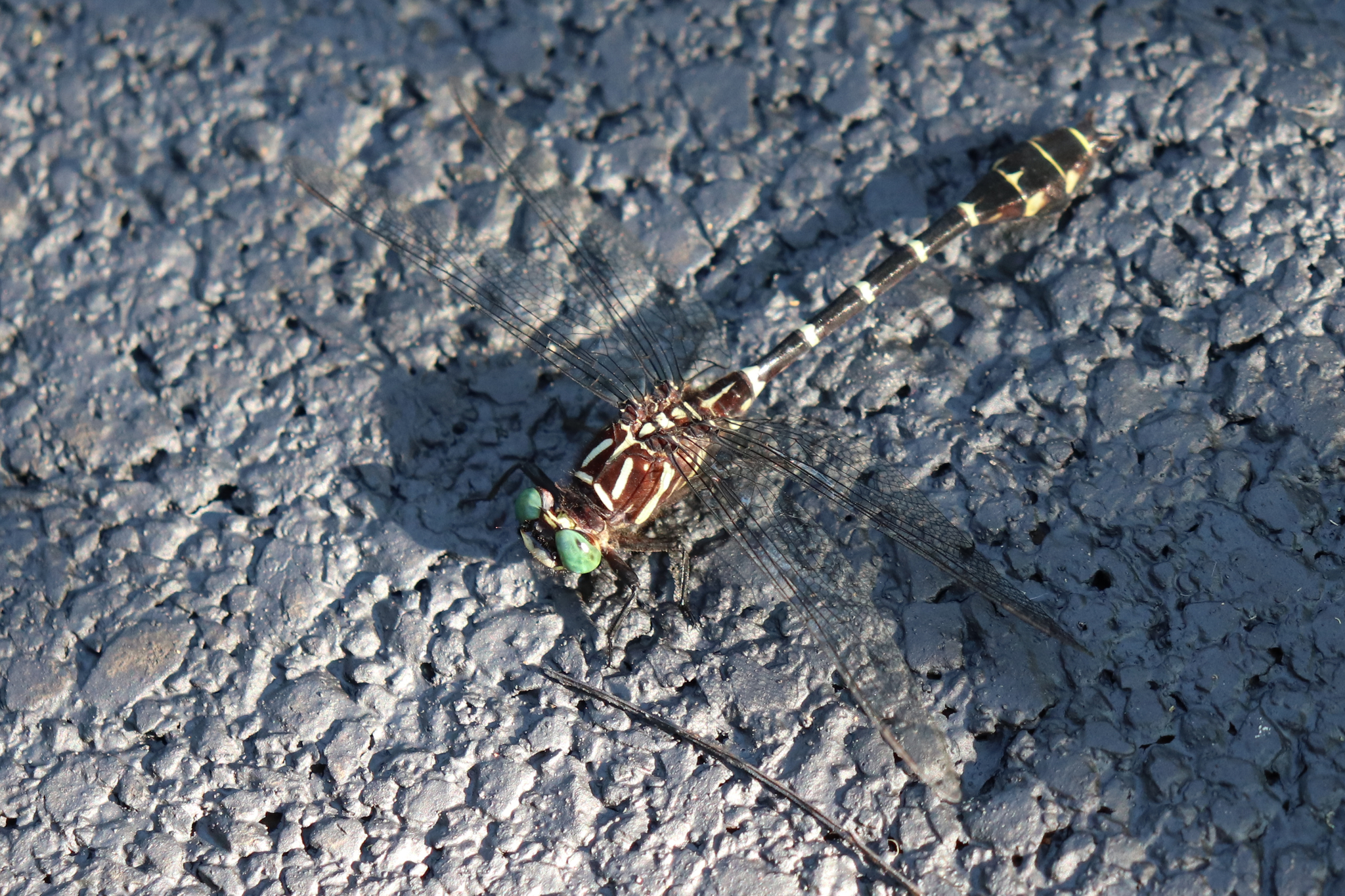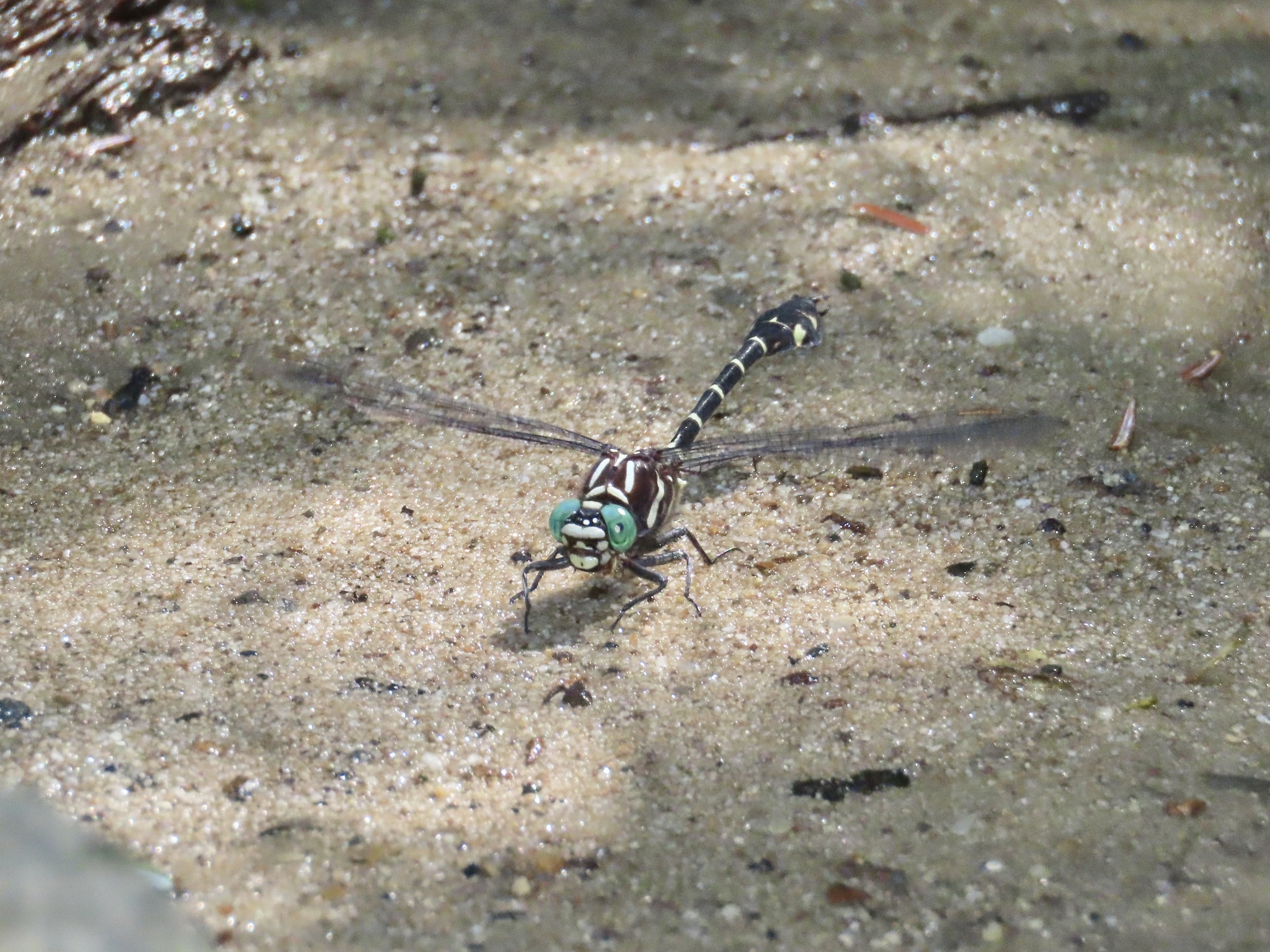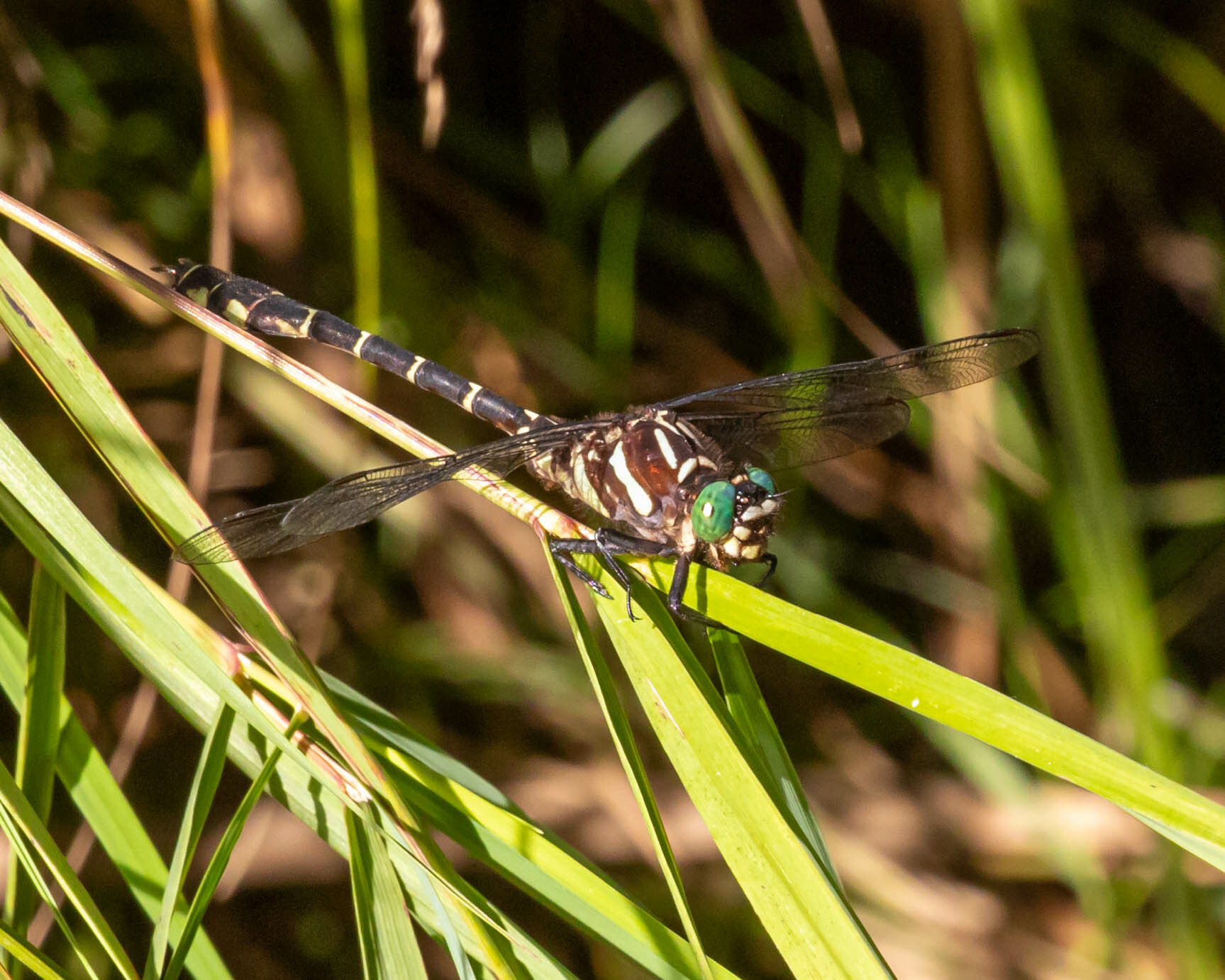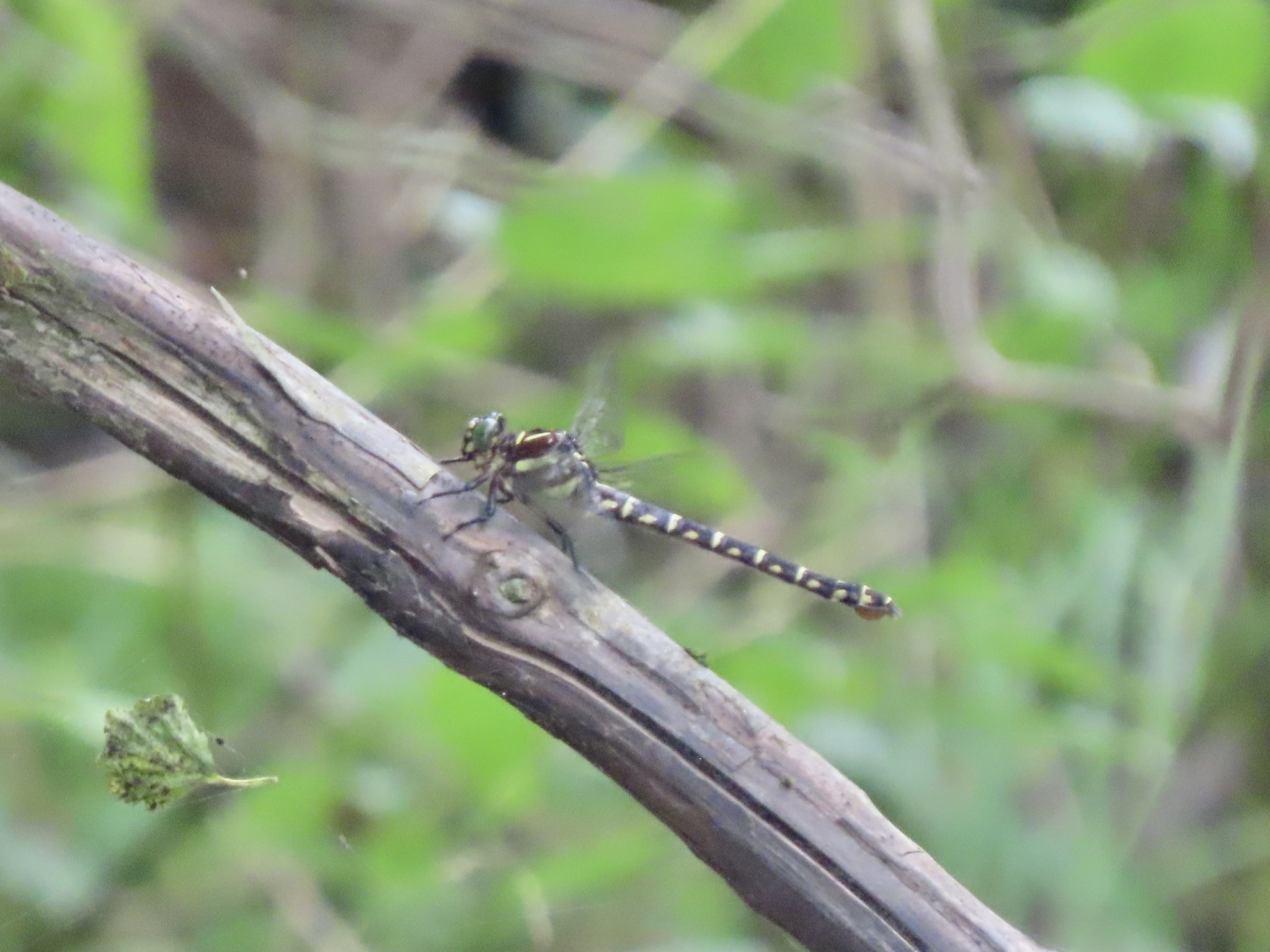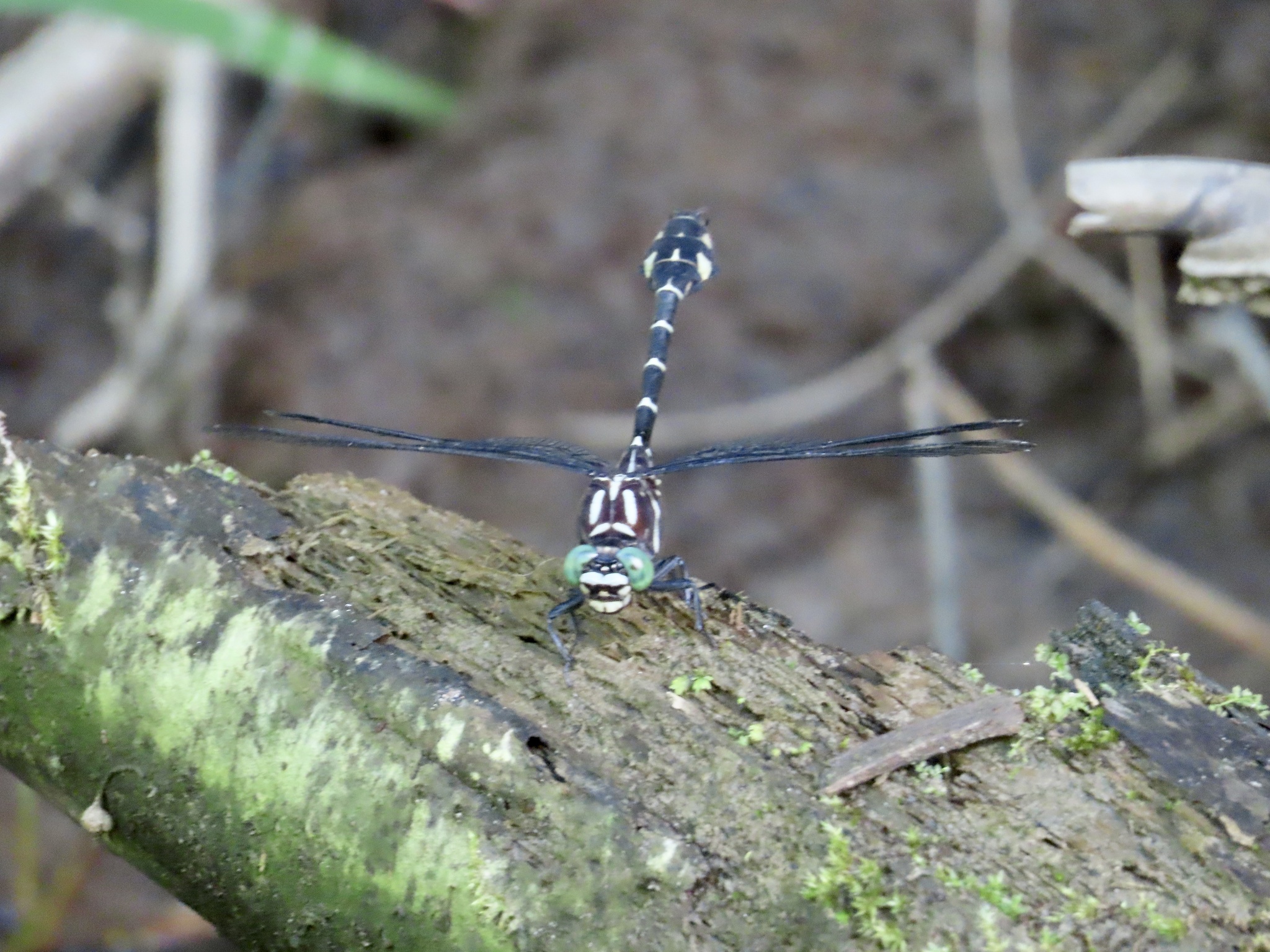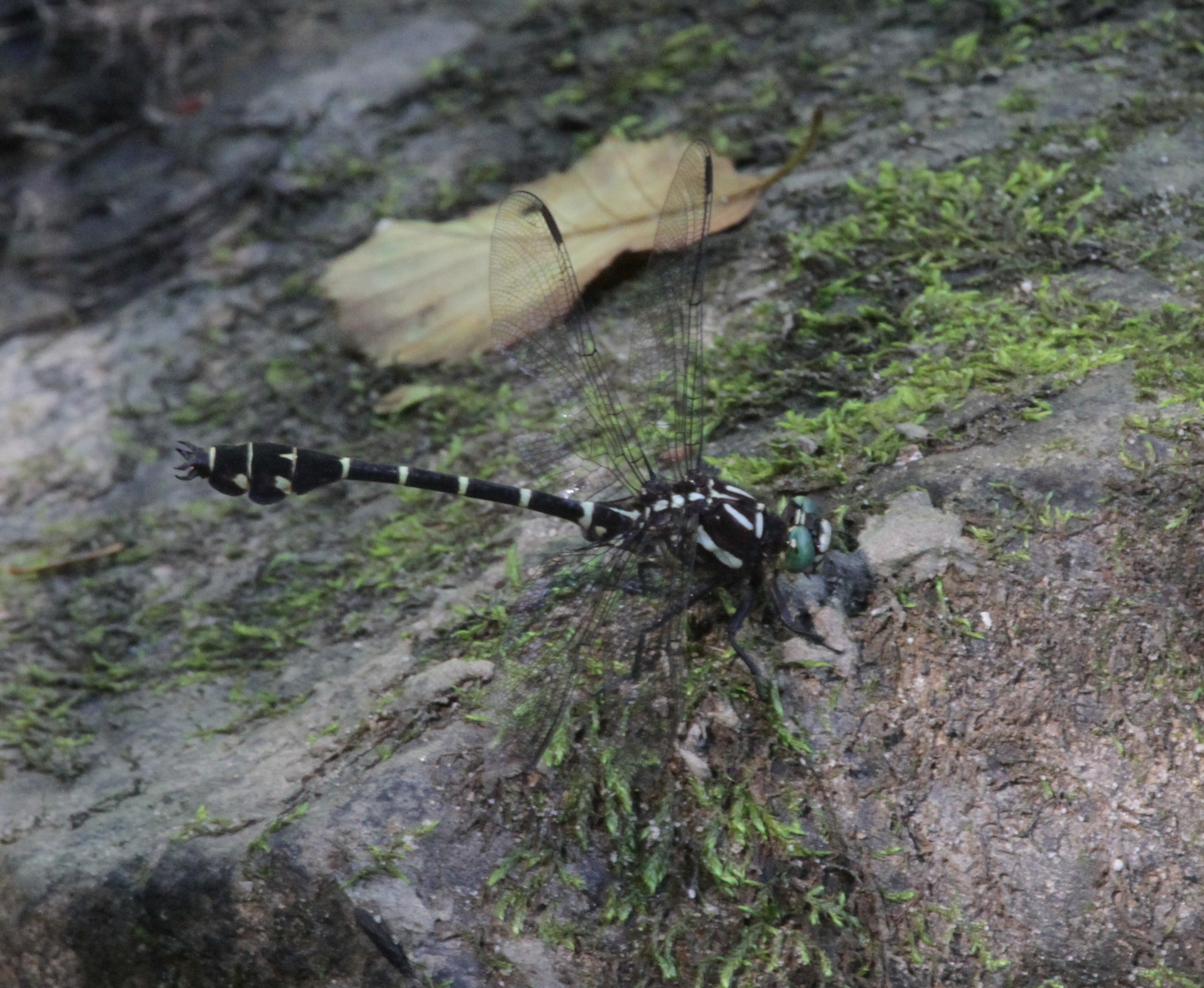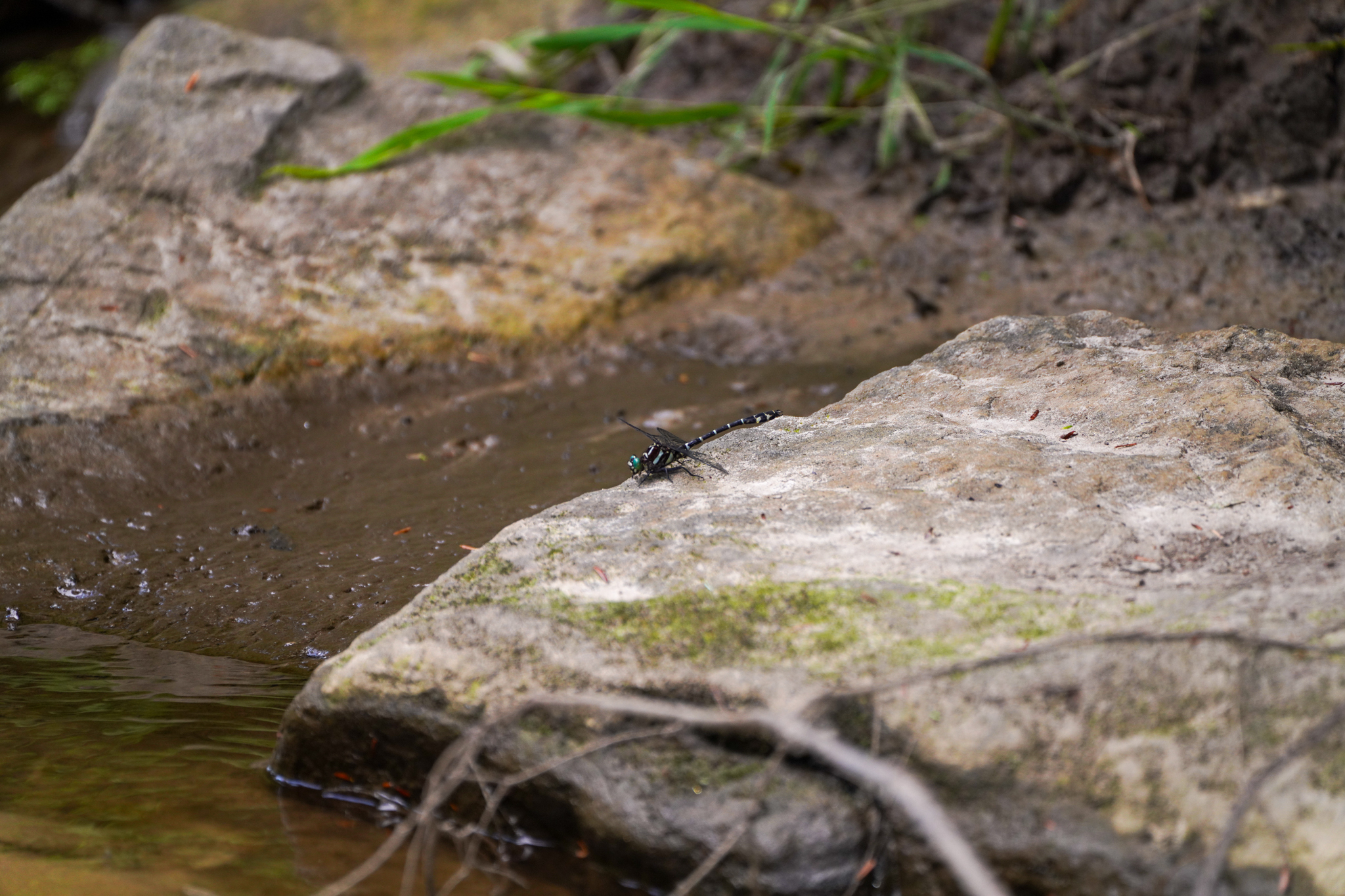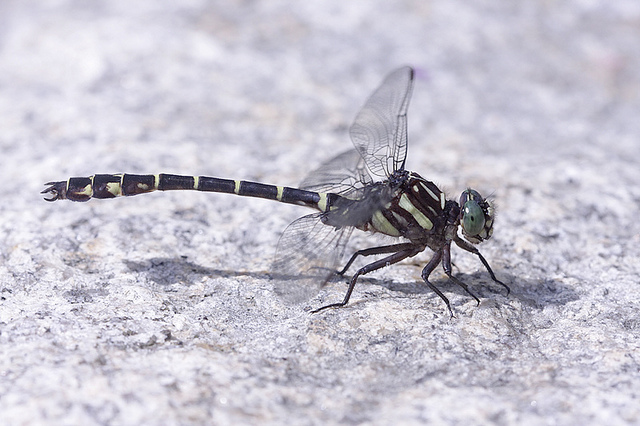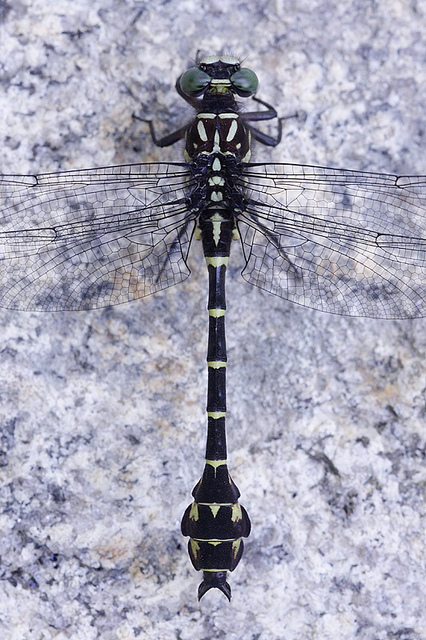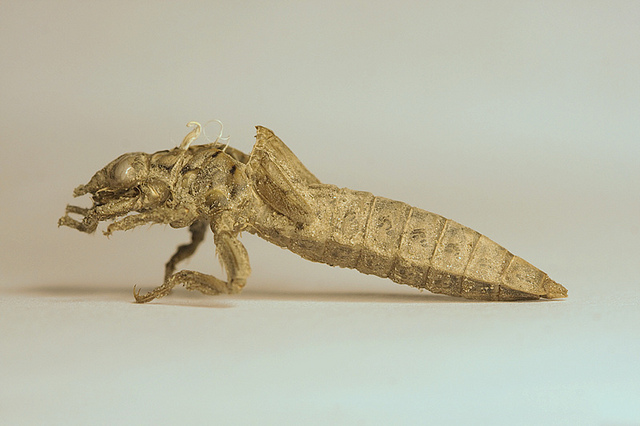Map Snapshot


30 Records
Status
Zebra Clubtail (Stylurus scudderi is primarily northern in distribution, with populations extending down the Appalachians at high elevations to Georgia. This distinctively-ringed species is usually found on creeks or small rivers with sand or gravel deposits, rocks, and medium current, generally within forested landscapes (Paulson, 2011). In Maryland, this dragonfly is only recorded from Garrett County, where is it considered to be rare (Richard Orr's The Dragonflies and Damselflies of Maryland and the District of Columbia). It is currently ranked as S1 (highly state rare).
Seasonality Snapshot
Source: Wikipedia
| Stylurus scudderi | |
|---|---|

| |
| Scientific classification | |
| Domain: | Eukaryota |
| Kingdom: | Animalia |
| Phylum: | Arthropoda |
| Class: | Insecta |
| Order: | Odonata |
| Infraorder: | Anisoptera |
| Family: | Gomphidae |
| Genus: | Stylurus |
| Species: | S. scudderi
|
| Binomial name | |
| Stylurus scudderi (Selys, 1873)
| |
| Synonyms[2] | |
| |
Stylurus scudderi, the zebra clubtail, is a species of clubtail in the dragonfly family Gomphidae. It is found in North America.[2][3][4][5]
The IUCN conservation status of Stylurus scudderi is "LC", least concern, with no immediate threat to the species' survival. The population is stable. The IUCN status was reviewed in 2017.[4][6][7]
References
[edit]- ^ Paulson, D.R. (2017). "Stylurus scudderi". IUCN Red List of Threatened Species. 2017: e.T164933A65820703. doi:10.2305/IUCN.UK.2017-3.RLTS.T164933A65820703.en. Retrieved 25 September 2021.
- ^ a b "Stylurus scudderi Report". Integrated Taxonomic Information System. Retrieved 2019-09-25.
- ^ "Stylurus scudderi". GBIF. Retrieved 2019-09-25.
- ^ a b Paulson, D.R. (2017). "Stylurus scudderi". IUCN Red List of Threatened Species. 2017: e.T164933A65820703. doi:10.2305/IUCN.UK.2017-3.RLTS.T164933A65820703.en. Retrieved 25 September 2021.
- ^ "Stylurus scudderi species Information". BugGuide.net. Retrieved 2019-09-25.
- ^ "Odonata Central". Retrieved 2019-07-02.
- ^ "World Odonata List". Slater Museum of Natural History, University of Puget Sound. 2018. Retrieved 2019-07-02.
Further reading
[edit]- Kalkman, V. J. (2013). Studies on phylogeny and biogeography of damselflies (Odonata) with emphasis on the Argiolestidae (PhD). Leiden University. hdl:1887/22953.
External links
[edit]
